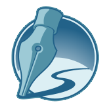
WDFM: Official Press Kit
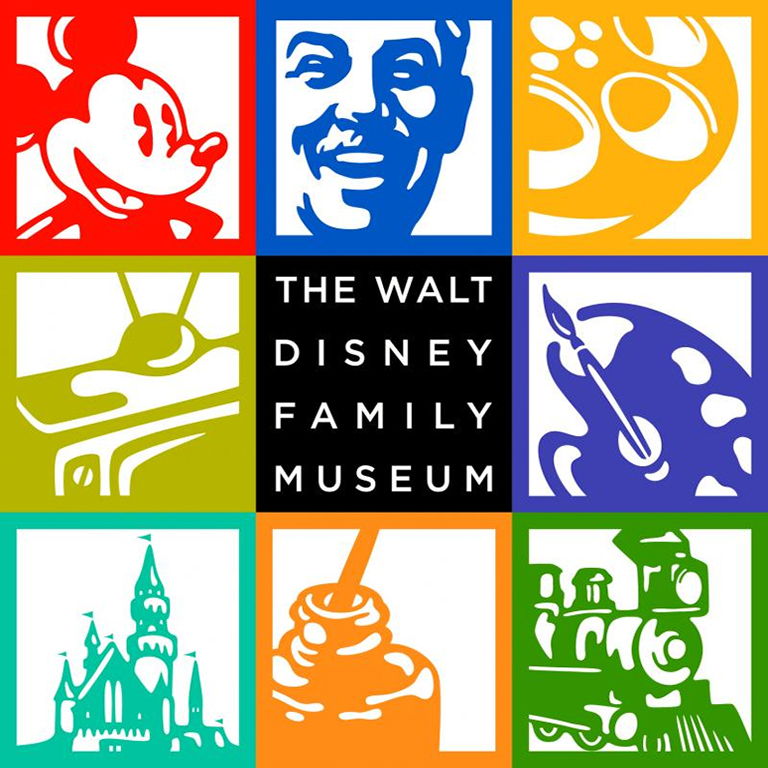
Well, it seems someone (someone at Disney?) has decided to place us onto a press list for the Walt Disney Family Museum. We honestly haven’t heard of this new museum until now. Since Walt is both a personal and constant inspiration, we’d love to visit it some day. Until then, the photos that have been emailed to us will have to do.
Every Thursday until opening day (October 1), the museum will release sneak peeks, which I will post here for fun and education. The official website will debut on August 1, but until then, you can visit the museum’s Facebook page and Twitter stream.
From the official press kit:
The fascinating and inspiring story of Walt Disney, whose artistry, creations, and vision helped define 20th-century American culture, will be brought to life at The Walt Disney Family Museum, which opens in San Francisco in October 2009. The Museum will illuminate Walt Disney’s tremendous successes, disappointments, and unyielding optimism as he pursued innovation and excellence while entertaining and enchanting generations worldwide through his pioneering ventures.
The creator of Mickey Mouse, Snow White and the Seven Dwarfs, Disneyland, and the global yet distinctly American company that bears his name, Disney was an independent risk-taker who started his first business at the age of 19 and worked tirelessly to elevate animation to an art form. He invented timeless characters and stories that brought the fantastical to life and continue to inspire a sense of wonder. Through animated and live action films, television programs, and theme parks, Disney created global symbols, icons, and characters that, more than 40 years after his death, are an indelible part of popular culture in America and around the world.
The Walt Disney Family Museum will illustrate how Disney’s irrepressible creativity enriched the imagination of generations. The Museum will tell the story of the man behind the myth in Disney’s own voice and in exhibits that reveal his expansive vision, from early drawings of some of his most popular characters to plans for Disneyland and EPCOT.
“My father’s name is probably one of the most well-known names around the world, but as the ‘brand’ or trademark has spread, for many, the man has become lost,” said Diane Disney Miller, one of the Museum’s founders. “We are committed to telling the story of Walt Disney’s life, in his own words, and in the words of others who knew him well and worked with him. My father was very open and approachable, and in many conversations and interviews that were captured in audio, you will be able to hear in the galleries as you learn the story of his life. It is a wonderful story. Dad himself loved to tell it. Thanks to the amazing work of many dedicated people, we are fortunate to be able to tell it here using the tools he worked with—art, music, film, and technology—to present an honest yet affectionate portrait of this amazing artist and man.”
“From Steamboat Willie to Pinocchio to EPCOT, Walt Disney’s unyielding ambition was to ignite a sense of wonder and to enrapture audiences through great storytelling,” said Richard Benefield, founding director of The Walt Disney Family Museum. “He recognized the power of art to spark the imagination, and time and again, pushed himself and his companies to the breaking point as he pursued the highest level of excellence in feature animation. The Walt Disney Family Museum will present the compelling story of his life—of his successes and failures—as he entertained and enlightened the nation while it struggled with the Great Depression, joined the fight of World War II, and entered a golden age of prosperity and preeminence.”
About Walt Disney
The Walt Disney Family Museum will shed light on Disney’s remarkable life. One of five children, Disney was born in Chicago on December 5, 1901. He spent his early years in rural Missouri, where he developed a love of nature, of drawing, and of trains. After the family sold their failing farm and moved to Kansas City in 1911, Disney began working on his father’s newspaper route and developed a love of the stage. When his family moved back to Chicago in 1917, Disney drew cartoons and took photographs for his high school newspaper and attended night classes at the Art Institute of Chicago. During World War I, he was rejected by the army because of his age. He enlisted in the Red Cross Overseas and served as an ambulance driver in France. An ambulance similar to the one he drove in Europe will be exhibited at the Museum.
The Museum will chronicle Disney’s early, fitful starts at developing live and animated films, including the hardship with his first cartoon company in Kansas City, where he settled after he returned from Europe. After Laugh-O-gram Films went bankrupt in 1923, Disney took the train to California, with $40 in his pocket. By the end of the 1920s, despite his humble Hollywood beginnings, Disney rose to international fame and recognition with the invention of the world’s most famous mouse. His studio also enjoyed great financial success—and changed the animation industry—with Snow White and the Seven Dwarfs (1937), its first feature-length animated film and a movie that skeptics had warned Disney against making. On the other hand, Disney’s animation studio nearly went bankrupt after the completion of Fantasia (1940), a film that received mixed reviews in its day although it is now celebrated as a cinematic landmark. Throughout these decades, Disney pushed groundbreaking technological innovations that revolutionized animation and focused on the areas of story, character development, color, dimensionality, and original music to improve his storytelling. He consistently challenged himself and his employees to surpass what they had already achieved.
The Museum will illuminate Disney’s parallel interests in the fantastic and real. After completing the early-1940s animated masterpieces Fantasia, Dumbo, and Bambi, and after a hiatus mandated by World War II, Disney began to expand the scope of the studio’s work by making live-action documentaries about wildlife and the environment that reflected his childhood love of nature. He sent a team of naturalists to Alaska for a year to film anything they might find interesting. The result was Seal Island, which won the 1949 Academy Award® for best two-reel documentary.
The Museum will also explore his marketing acumen. In the 1950s, lacking the funds to complete Disneyland, Disney embraced TV as a platform to test and promote his ideas while securing the financing needed to complete what would become the world’s first theme park. Disney, who always looked toward a utopian future, was enchanted by the promise of technology. In addition to being an early champion of color television, stereo simulcasting, and widescreen technology, he brought his interest in transportation to bear by opening the first daily-operating Monorail system in the United States and creating the PeopleMover—an innovative tram system with no on-board motors—in Disneyland.
Toward the end of his life, Disney developed innovative attractions for global events, notably the 1960 Olympics and the 1964-65 New York World’s Fair. Beginning in 1960, Walt and his key creative executives approached several American corporations with the intent of collaborating on major shows and attractions for the 1964-65 New York World’s Fair. The result was four of the most popular attractions at the Fair: the General Electric Progressland featuring Walt Disney’s Carousel of Progress, the UNICEF Pavilion sponsored by Pepsi-Cola featuring, “it’s a small world,” the Ford Wonder Rotunda featuring Walt Disney’s Magic Skyway, and the State of Illinois Pavilion featuring Great Moments with Mr. Lincoln. These attractions were later exported to Disneyland in California.
Disney’s work with Robert Moses inspired him to develop a new paradigm, EPCOT (Experimental Prototype Community of Tomorrow), a project Walt described as “a community of tomorrow that will never be completed, but will always be introducing, testing, and demonstrating new materials and new systems…a showcase to the world of the ingenuity and imagination of American free enterprise.” With a unique city infrastructure that separated pedestrians and traffic, EPCOT foreshadowed the New Urbanism movement by 30 years.
Inside the Museum: An American Story
The stories of Disney’s life, creativity, family, and the processes and innovations he brought to his art will be told through a series of ten galleries. Highlights of the Museum will include:
- Drawings Disney made in his youth
- Drawings and cartoons from Laugh-O-gram Films, Disney’s first company
- Early drawings of Mickey Mouse
- Storyboards, a Disney innovation that mapped out timeless film classics
- The technically innovative Multiplane Camera that brought vibrancy and depth to his revolutionary feature film, Snow White and the Seven Dwarfs
- The unique Snow White Academy Award®, which included a full-size Oscar® and seven miniature castings
- The narrow-gauge Lilly Belle train he built for his Hollywood home, which recalled his youth and helped spur his vision for Disneyland
- A model of the Disneyland of Walt’s imagination
Throughout the exhibits, visitors will find rare film clips, concept art, scripts, musical scores, and cameras that Disney and his staff used in creating his characters and films. The visually stunning design incorporates movie posters that come to life to show scenes from Disney films, interactive light tables, and discovery drawers that add nuance and layer to the story of his life. Visitors will find hundreds of individual animation cels that reveal the labor-intensive animation process. The exhibits will also pay tribute to Disney’s many groundbreaking achievements and innovations, among them:
- The first film that successfully synchronized sound and animation
- The first movie soundtrack released as a consumer recording
- The first original song from a cartoon to become a national hit (“Who’s Afraid of the Big Bad Wolf?”)
- One of the first nature documentaries and the first to receive an Academy Award®
Disney and his family will be represented, as well, in photographs, artifacts, and home movies. Although famous for his work behind the camera for Walt Disney Productions, Disney was an avid home moviemaker throughout his life. The Walt Disney Family Museum will exhibit to the public for the first time clips that ranged from experiments with trick shots (unspilling a glass of milk) to reels that documented Disney’s life at home with his wife, Lilly; his daughters, Diane and Sharon; and his brother and business partner, Roy, and his brother’s wife, Edna Francis.
Walt Disney Family Museum: Facilities
The Walt Disney Family Museum is located in three historic buildings within the Presidio of San Francisco, which is part of the Golden Gate National Recreation Area of the National Park Service. The centerpiece is a former army barracks at 104 Montgomery Street, redesigned and upgraded by architecture firm Page & Turnbull of San Francisco, and with interior architecture and installations designed by the Rockwell Group. The Museum uses the building’s original domestic-scale rooms to frame the story of Disney’s life and incorporates a wide range of materials and technologies, from historic documents and artifacts, to listening stations and other interactive displays, to more than 200 video monitors. In addition to the galleries, the Museum contains a 123-seat screening facility, a learning center, a store, and a café.
The Museum campus includes a former gymnasium that houses the Walt Disney Family Foundation’s collections and offices. The building is the site of a 2,000 square foot hall that will be used for special programs and concerts until the special exhibition program begins in January 2012. A third small building in the Presidio will house the Museum’s mechanical equipment.
Both the post author and this website have not received any compensation for writing this post. Both the post author and this website have no material connection to the third-party brands, products, or services that have been mentioned. This is being disclosed in accordance with the Federal Trade Commission’s 16 CFR, Part 255: “Guides Concerning the Use of Endorsements and Testimonials in Advertising.”

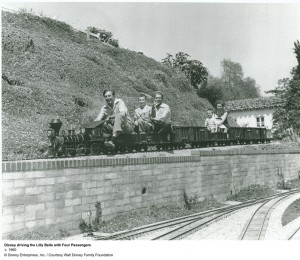
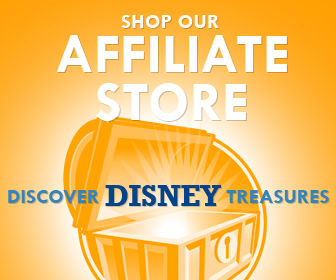
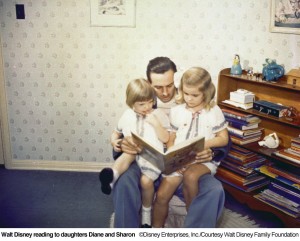
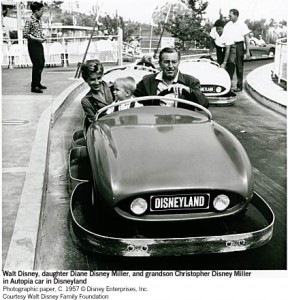
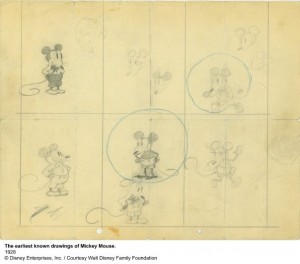
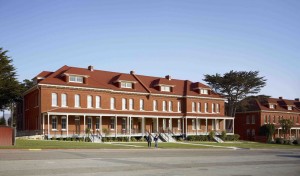
Do you have a thought about this post? Why not leave a comment . . .